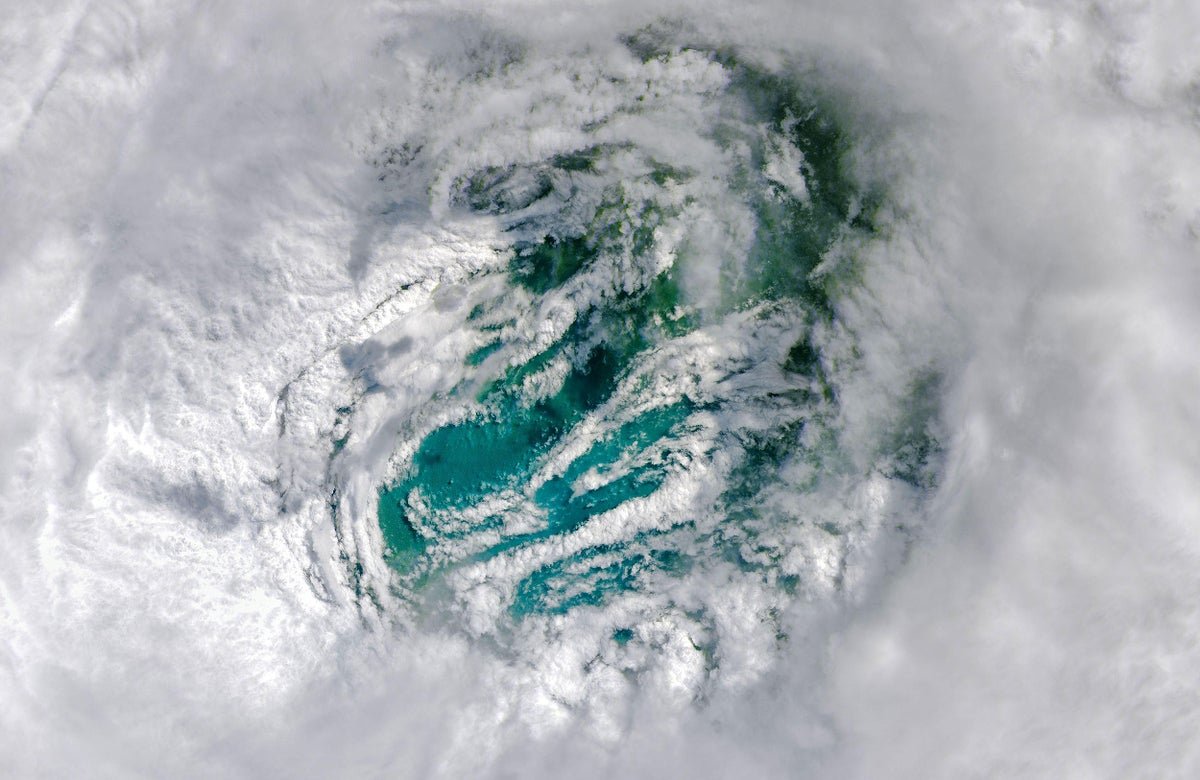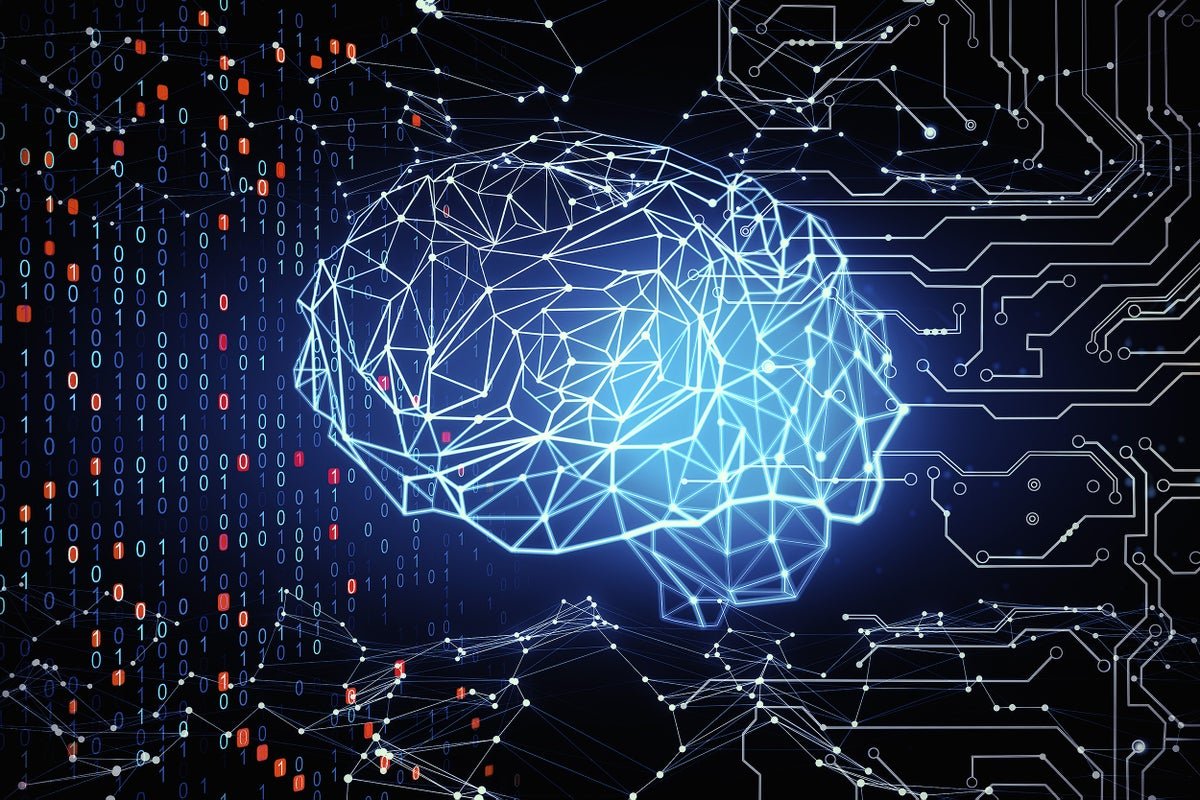
Beekman suggests the complexity of childcare drove language’s spread
Shutterstock/Artem Varnitsin
The Origin of Language
Madeleine Beekman (Simon & Schuster)
Language is one of the few faculties that still seems to be uniquely human. Other animals, like chimpanzees and songbirds, have developed elaborate communication systems, but none appears to convey such a range and depth of meaning as ours. So how and why did our ancestors first develop language?
Evolutionary biologist Madeleine Beekman has spent much of her career studying insects, especially bees. In her first book for a non-specialist audience, she branches out in a big way to propose an explanation for the evolution of human language.
Her idea is that it evolved out of necessity, to enable us to cope with the demands of childcare. Compared with other mammals, human infants are exceptionally underdeveloped at birth, needing 24-hour care.
Following in the footsteps of decades of palaeoanthropological research, Beekman links helpless babies to two features of human bodies: bipedality and large brains. “As our skeletons adjusted to walking upright, our hips became narrower,” she writes. Later, our brains also expanded. “Babies with a large head and mothers with narrow hips do not make a good combination,” Beekman observes, drily.
To get around this “obstetrical dilemma”, babies are born early, before their heads get too big to squeeze through the birth canal. This enables humans to give birth relatively safely, at the cost of months spent caring for vulnerable infants.
So far, so familiar. Beekman’s big leap is her proposal that the demands of looking after human babies drove the evolution of complex language. “Taking care of human infants is so singularly difficult that evolution had to craft a completely new tool to aid the effort,” she writes, and “the design fault that started the problem in the first place also provided its solution”. Our brains made birth harder, but they also enabled us to evolve a capacity for rich and flexible language.
In proposing this idea, Beekman is wading into a very crowded marketplace. Many scenarios have been put forward for the evolution of language. Some say it developed in concert with technologies like stone tools: as we created more advanced tools, we needed more descriptive language to teach others how to make and use them. Or maybe language was a means of showing off, including through witty wordplay and insults. Then again, it might have allowed individuals to organise their own thoughts, and was only secondarily used to communicate with others.
One appealing aspect of Beekman’s proposal is that it places women and children at the centre. Because science has traditionally been skewed towards the male, ideas about human evolution tended to overly focus on them (“Man the Hunter” and all that), despite the fact that some of the most dramatic changes in our evolution involved pregnancy.
“
The author argues that language is only around 100,000 years old and is unique to our species
“
It is good to consider the roles of women and children in the origin of language. However, this doesn’t necessarily mean that Beekman is right. She marshals intriguing evidence, notably that all large-brained birds, including parrots and New Caledonian crows, produce under-cooked offspring. Why? A 2023 study showed that the strongest predictor of brain size in birds was the amount of parental provisioning.
This all sounds distinctly human-like and in line with Beekman’s narrative. But the biggest issue is timing. Humans have been bipedal for at least 6 million years and our brains grew rapidly from 2 million years ago. When, in this timespan, did childbirth become really difficult, and when did language evolve?
Beekman argues that language is only around 100,000 years old and is unique to our species. She cites a 2020 study identifying “unique gene regulatory networks that affect the anatomical structures needed for the production of precise words”. These networks are apparently only present in our species, suggesting other hominins like Neanderthals couldn’t speak as well as humans.
Beekman says this “nails it”, but other researchers have found evidence suggesting complex speech may have existed in other hominins. The evolution of human childbirth is equally tangled and uncertain. In short: nice idea, needs more evidence.
Michael Marshall is a writer based in Devon, UK
Love reading? Come and join our friendly group of fellow book lovers. Every six weeks, we delve into an exciting new title, with members given free access to extracts from our books, articles from our authors and video interviews. Topics:
New Scientist book club




